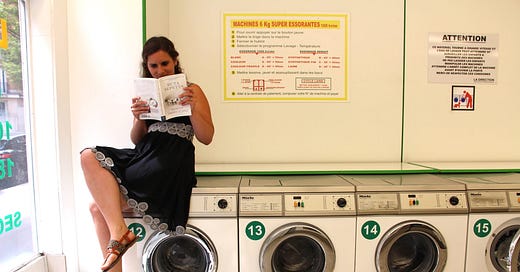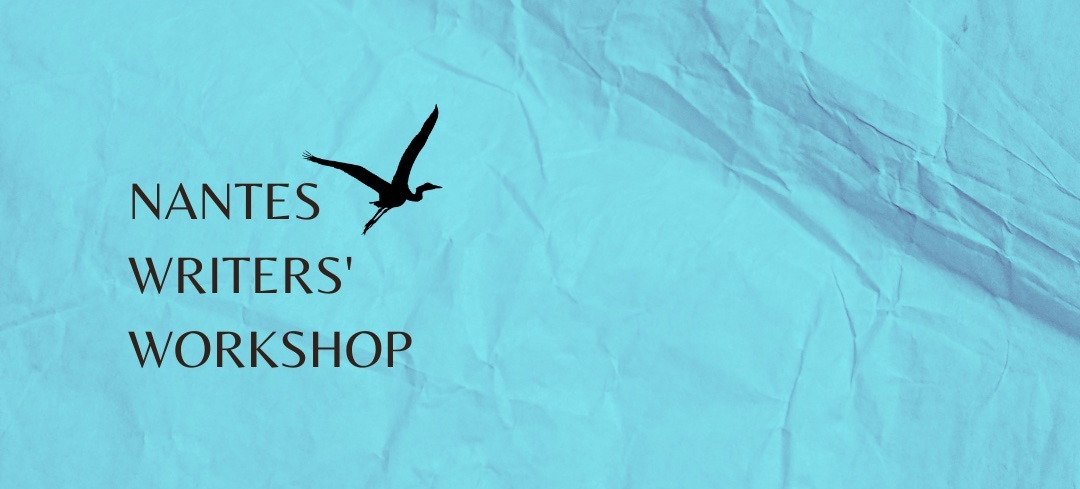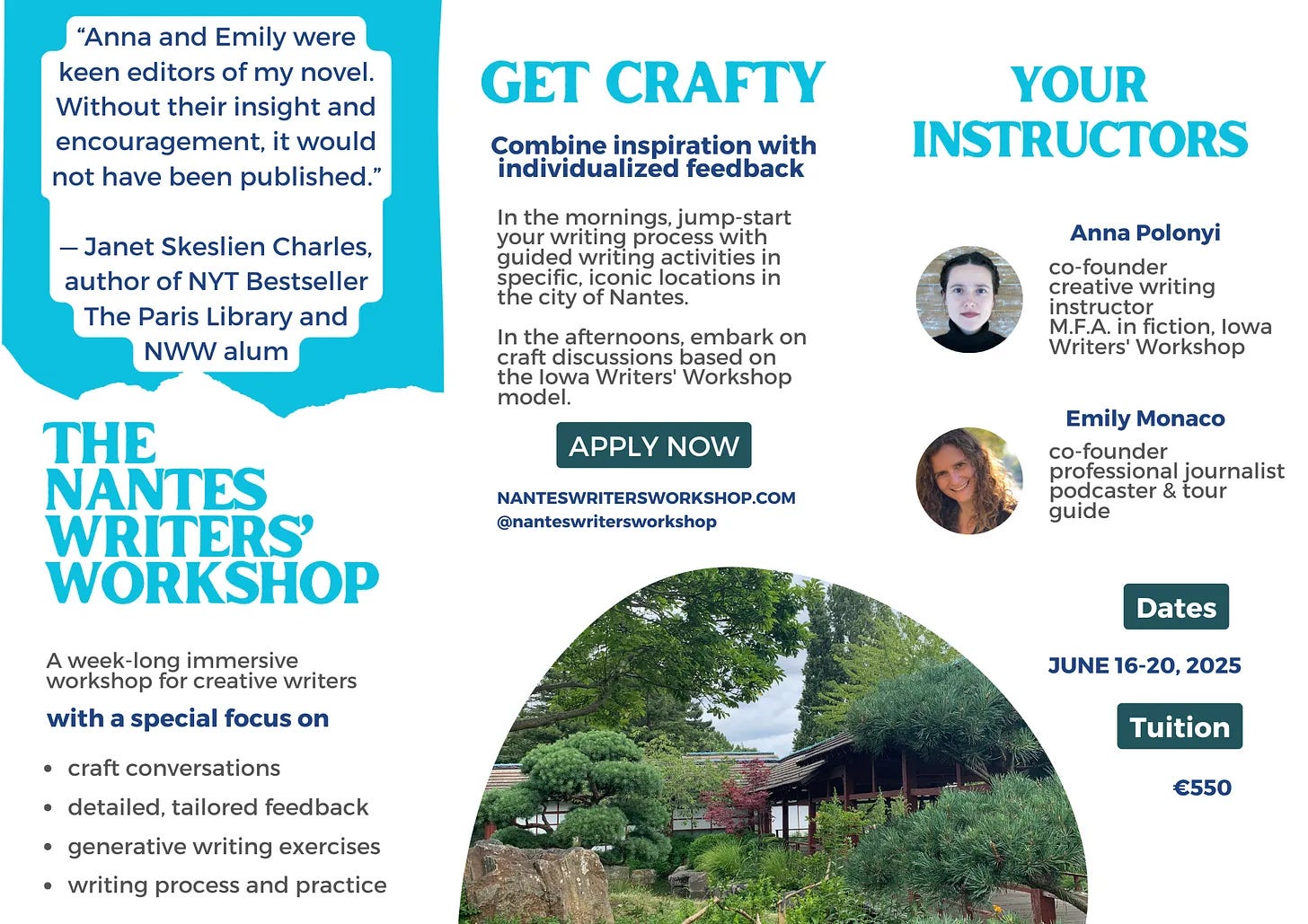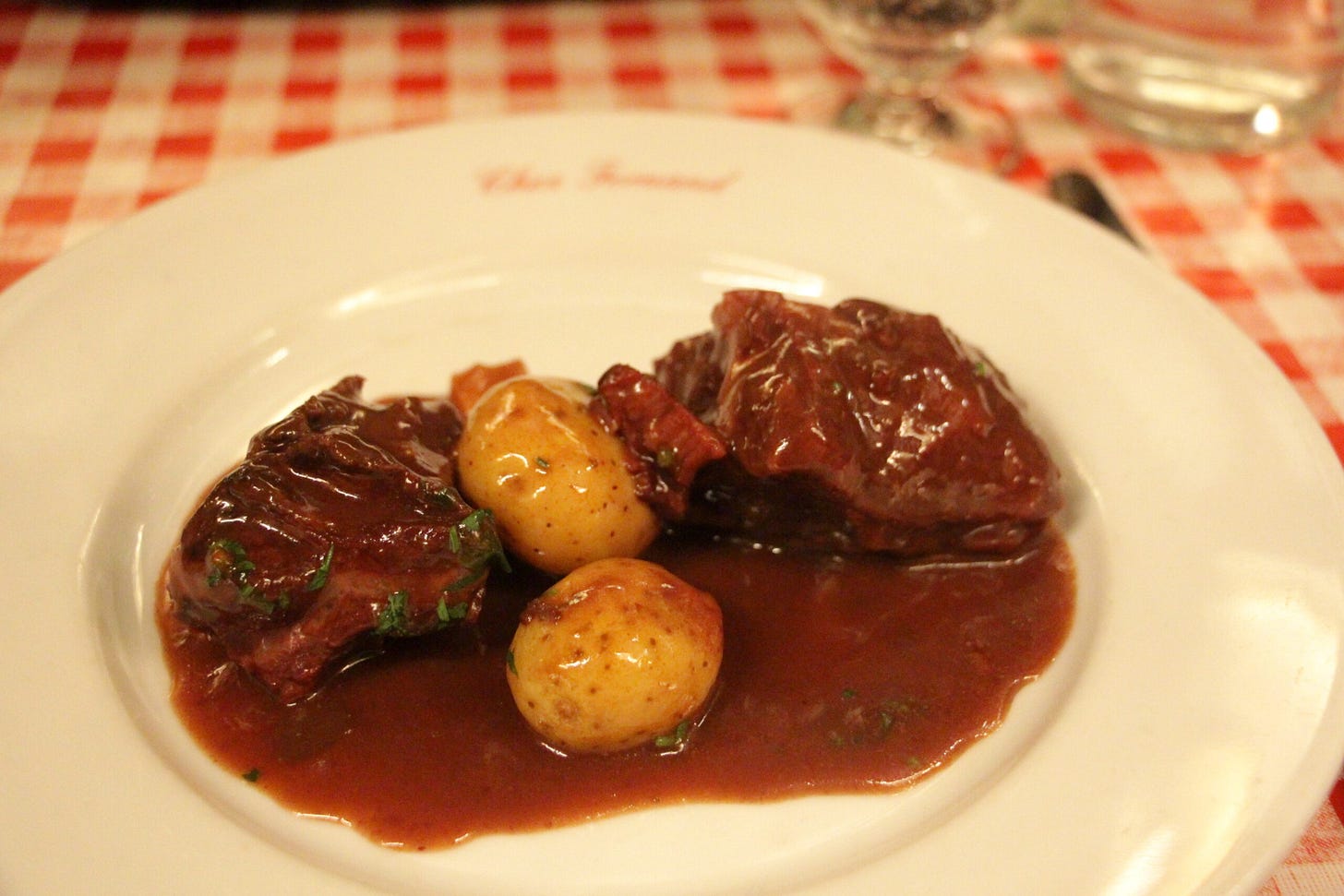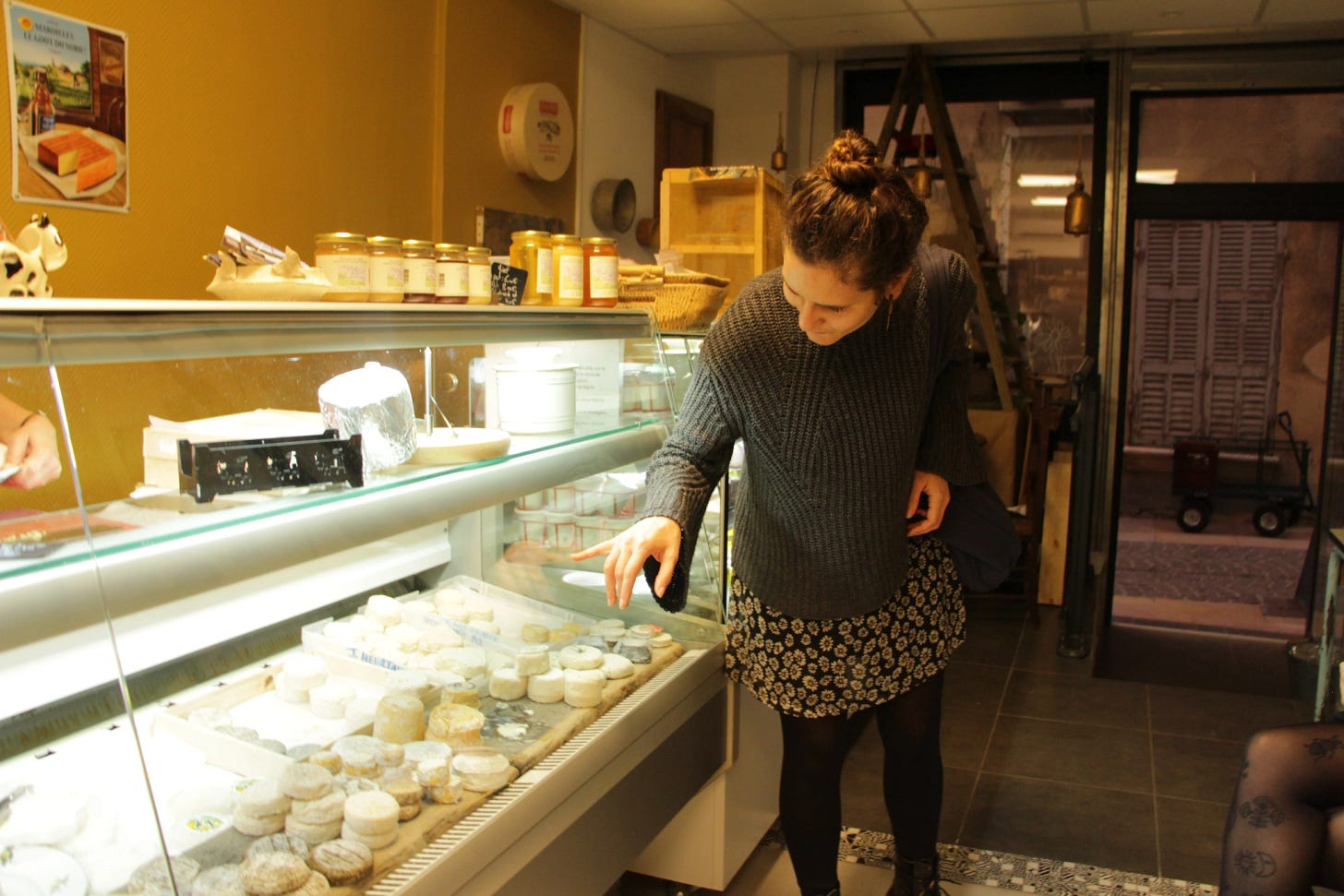Every morning when I wake up, I’m drawn out of bed by the promise of the moments to follow, often the best of the day: I make a pot of coffee, fill a hot water bottle, and crawl back between the sheets to surround myself with a nest of magazines and books (of which I’m generally reading four at once), losing myself in paper and the words of others until the last of my coffee goes cold.
I’ve always been curious how other people choose what to read, which made this essay about bibliotherapy particularly compelling. Years in academia compounded with my stubborn refusal to give up on any book I start – even ones I don't particularly like – has rendered choosing my next book daunting, to say the least. And so I often let the universe choose. As children, my sister and I would fly in the face of dictum and pull books off the public library shelf exclusively based on their covers. I’ve since modified my approach slightly and keep an ever-running list of books people or publications I respect have recommended. Whenever I visit the library, I generally pluck a random title or two from there.
Au Revoir, Tristesse came to me by recommendation: a book that purports to showcase the French approach to joy through some of the most famous classics of French literature. I’ll admit I was disappointed by the lackluster delivery of this promise; even after finishing, I’m not too sure what “French joy” is. But I did come away with a host of French classics to add to my to-read pile – and moreover some incredible tidbits about a handful of the most captivating personalities of French letters.
I’ll begin by admitting I’ve never read Proust. (A law professor I once met for weekly lunches to help him practice his English told me no French person would ever admit this and would always share, instead, that they planned on re-reading Proust this summer. Just one more reason that despite being made French by decree, I’m still a little bit of an étrangère.) Embarking on a discovery of this imposing tome is something that’s always been on my to do list, though now, I’m not sure I’ll ever make good on the promise, seeing as, according to Au Revoir, Tristesse’s author Viv Groskop, Anatole France deemed Proust’s sentences “long enough to make you consumptive.” Proust, meanwhile, Groskop writes, was less taken by writing than one might think, and, in reality, “just want[ed] to stay in bed all day and dream about cakes.”
Françoise Sagan, the author whose Bonjour Tristesse inspired the title of this tome, is conveyed by Groskop as a larger-than-life character and, above all, an eternal optimist. Groskop shares that whenever Sagan watched a film about Joan of Arc, she forever told herself, “Oh, she’ll get out of it somehow.” I like that sort of optimism. It reminds me of Pollyanna – if Pollyanna chain-smoked cigarettes and drove with reckless abandon.
While I was studying 19th century literature at the Sorbonne (please forgive me, but the nuits blanches I spent fitfully reading Balzac have few silver linings in my day-to-day save the fact that I occasionally allow myself to begin sentences this way…), I wrote a year one thesis that included a study of Flaubert’s Education Sentimentale. It was the most difficult of the four novels I chose to wade through, and I feel less guilty about the fact that I ultimately found it a slog upon learning from Groskop that Flaubert was “insufferably annoying” in person.
“I am sorry to have to say this about one of the greatest writers of all time, but Flaubert really comes across as a bit of tit. He went around dressed in black, wearing a white bow tie, even to early morning lectures at university.”
Sounds kind of like the proto-MFA bro to me.
When I was first working as a tour guide, I remember recounting how much Guy de Maupassant hated the Eiffel Tower: so much so that he was intent on dining upon it so that the view of the “metallic carcass” wouldn’t spoil his lunch. But Groskop cautions against seeing this author as as disillusioned and pessimistic as most do. “If you read him at face value in a bad mood, sure,” she writes. “But if you read him in the right mood, he is very funny.”
And moreover… he was an odd bird.
“Maupassant had an absolutely massive, lavish mustache. I am not talking about a caterpillar on the upper lip here. I am talking about a tonsorial embellishment that rivaled the hair on his head in terms of prominence (and he had a lot of hair too).”
He apparently got even stranger once he contracted syphilis.
“According to his medical records, he planted twigs in the ground, expecting them to grow into baby Maupassants. He licked the walls of his room and insisted on keeping his urine, believing it to be made of diamonds and jewels.”
Victor Hugo’s Les Misérables was ultimately the subject of my Master’s thesis, which would have been rendered far easier (and far less panic-inducing) had I had Groskop’s insight that, seeing as it’s “handily arranged in 365 chapters, so in theory, you could read a chapter a day for a year and feel very virtuous about yourself.” Instead, I devoured it in fits and starts, always feeling like I was running out of time.
I put Hugo on a pedestal for ages – so much so that I almost considered getting his initials tattooed on my hand. (Don’t worry, Mom – I am still inkless.) But I’m not the only person to have experienced hugolatrie.
“One of the worst side-effects of Hugolatry was experienced by a poet who supposedly died from self-loathing after a house visit where he accidentally smashed a vase belonging to the great writer.”
The story that reminds me of perhaps my favorite tale of writerly morosity: the time when Hans Christian Andersen lay down on Charles Dickens’ lawn and wept after getting a bad review. To which I say… same, friend. Same.
Oh! And by the way…
If you're looking for ways to build writing community that are less annoying than turning up at your literary icon's home and demanding that one of his sons give you your daily shave, may I suggest the Nantes Writers’ Workshop? Anna Polonyi and I will be hosting this creative retreat from June 16 to June 20, and applications close Friday.
Cheese of the Week
Seeing as Saint Patrick’s Day is right around the corner, I’m excited to share this bright orange Irish cheddar with you. Hegarty’s is a clothbound farmhouse cheddar made in County Cork by fifth-generation producers Dan and John Hegarty. Aged for approximately a year before being sold, it's tangy and crumbly with a lovely melting texture and a light nuttiness that might veer towards citrus notes when it’s young. It also capitalizes on the powers of vegetarian rennet, something that French cheesemakers have yet to embrace to the fullest extent, as compared to their neighbors across the pond.
To discover more of my favorite cheeses, be sure to follow me on Instagram @emily_in_france, subscribe to my YouTube channel, and tune into the Terroir Podcast, where Caroline Conner and I delve into France's cheese, wine, and more one region at a time.
What I’m Eating
I had one of the first reservations of the night at Chez Fernand, but since I was early and my dining companion was running a few minutes late, I was able to take in the influx of other diners arriving at 7 on the dot to take advantage of this the traditional fare on offer. That all of them were speaking English was no surprise to me. More on the blog.
Where I’m Going
1. To host my biggest cheese tasting yet for 18 people!
2. To check out Dandelion, an under-the-radar neo-bistro in the east of Paris.
3. To Lyon, where I’ll be hanging out with Caroline Fazeli (aka Wine Dine Caroline) – and launching a very exciting new project!
What I'm Writing
1. It’s not uncommon for opinions on wellness to change as quickly as the wind, polarized by science and pseudoscience alike. And these days, there’s perhaps no arena of opinion more divided than the world of seed oils. Some champion them as heart-healthy musts, others say they’re toxins we need to avoid altogether. So which is it? Let’s dig into the truth to separate fact from fiction. For Organic Authority.
2. From the archives: Cheddar cheese is naturally yellow; Brie and Bordeaux make the perfect pair. These common misconceptions (and more!) are about to be challenged by cheese experts in the land of fromage. For Mashed.
3. From the archives: Wander around Paris on a Monday without dinner plans, and you may be stuck eating a vending machine baguette. Parisian chefs tend to take their well-deserved day off on Mondays, which makes finding anything even remotely delicious tougher than getting a clear view of the Mona Lisa. We’ve got you covered. For the Infatuation.
FAQs
With the goal of bringing you the content you crave, I've solicited your help. What questions can I answer for you? Drop them into the newsletter chat, and I’ll answer as many as I can!
What I'm Reading
1. Most of the short stories in Erin McGraw’s Joy are no more than three pages, which could give them a breathless quality. Instead, they dive deep into human emotions, often offering a surprising chute towards the end. As with any collection, it's hard to fall in love with each and every story, and this is even more the case seeing as there are 53 stories in this book. Some of my favorites included Priest, Artist, Sympathy, Song, the Soup triptych, Learning, and Fat. They vary widely, and yet they're similar in delving into uncomfortable and atypical emotions. They may be laced with shame and resentfulness, but each always has an undercurrent not just of joy but of hope.
2. This wild cartoon telling the tale of how Picasso was arrested for suspicion in the theft of the Mona Lisa. In the New Yorker.
3. This beautiful love letter to Cambodia by way of food. In Emergence.
A bientôt !

